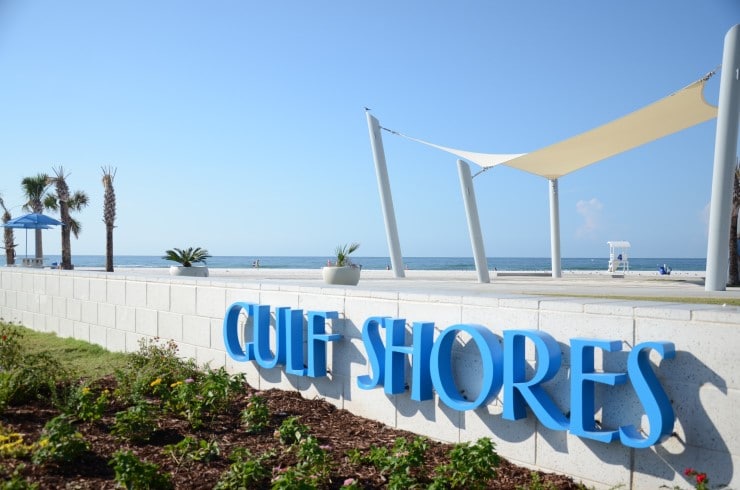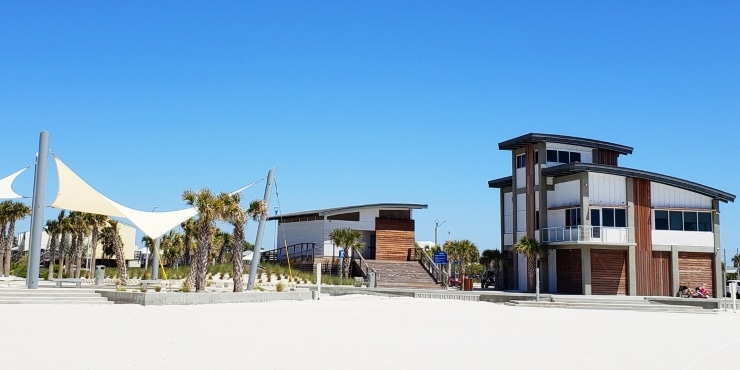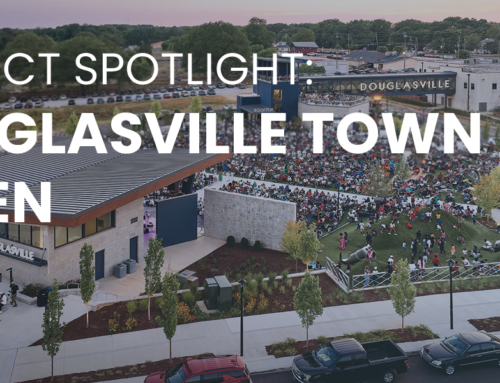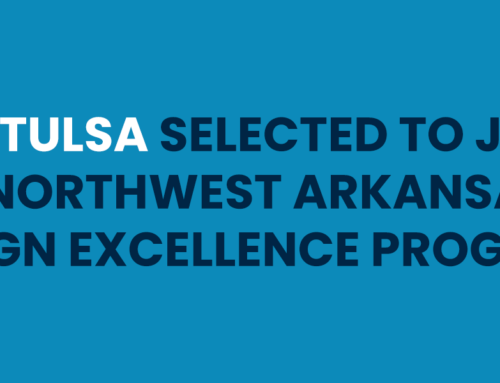Relaiming Waterfront as an Economic Growth Strategy
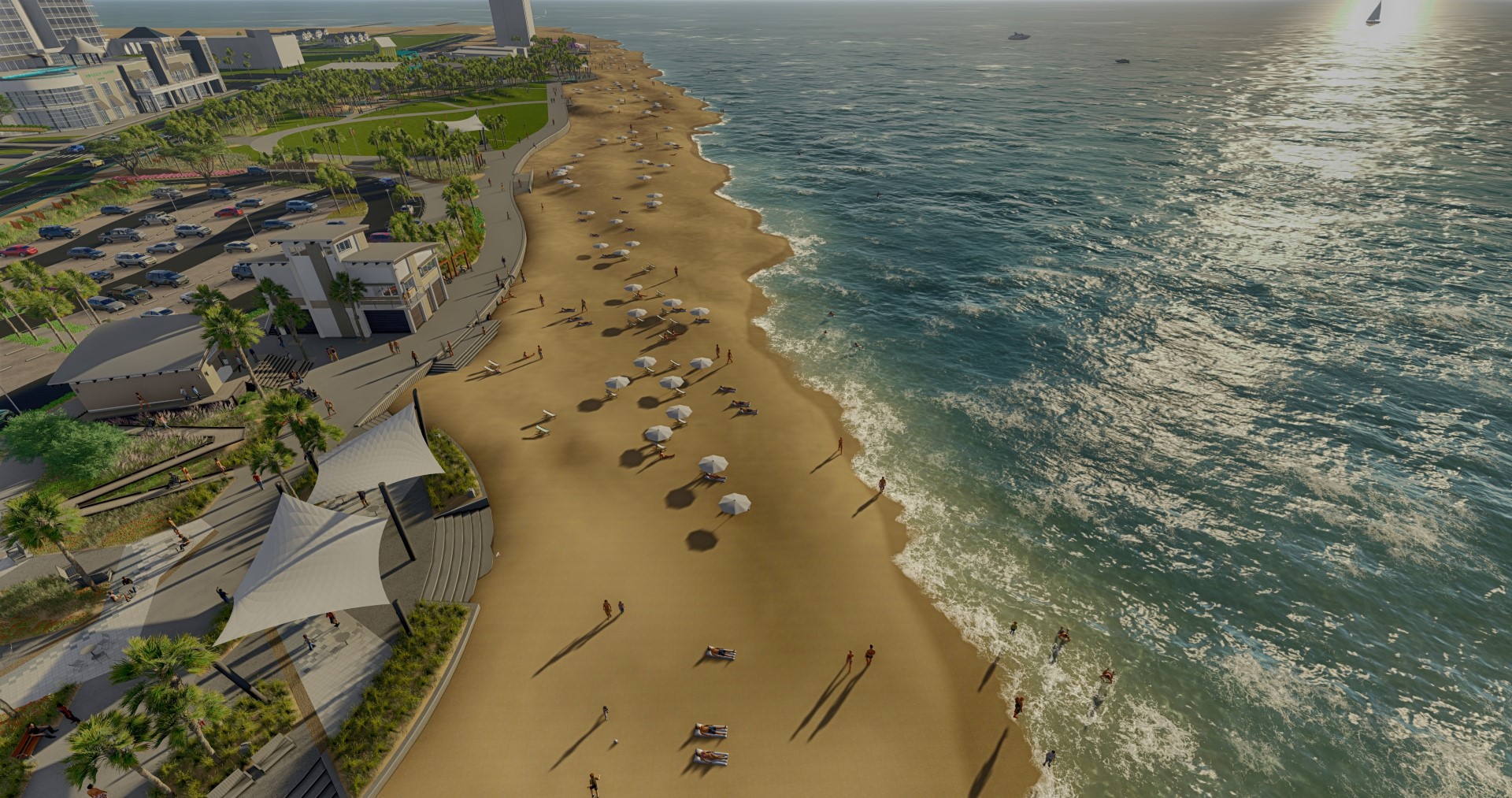
The redevelopment of waterfront areas has been a popular strategy for economic growth and revitalization for many communities around the world. One such project that showcases the potential of this approach is TSW’s Gulf Place Waterfront Park. In a recent article for Public Square, a CNU Journal, TSW’s Bryan Bays delves into the design and planning elements of this project and how it can serve as a model for other communities looking to create resilient and attractive waterfront spaces.
Bryan’s article focuses on the importance of reducing physical barriers that can hinder access to and enjoyment of waterfront areas. This includes the removal of outdated infrastructure and the creation of new access points to make the space more accessible and welcoming to visitors. He also highlights the need for incorporating elements that increase resilience, such as sustainable design features and a focus on stormwater management.
The Gulf Place Waterfront Park project is a prime example of how these concepts can be brought to life in a practical and effective way. The park is designed to provide a connection to the water’s edge, with a variety of recreational and gathering spaces that are open to the public. Additionally, the park features sustainable design elements such as permeable paving and rain gardens, which help to reduce runoff and improve the health of the local waterways.
Bryan’s write-up on waterfront redevelopment as an economic growth strategy is an important contribution to the ongoing conversation about the future of our public spaces. It provides practical insights and real-world examples of how communities can create spaces that are not only functional and attractive, but also sustainable and resilient. Whether you are a community leader, urban planner, or simply someone who is passionate about the future of our cities, this article is definitely worth a read.
For the full article, click here.
